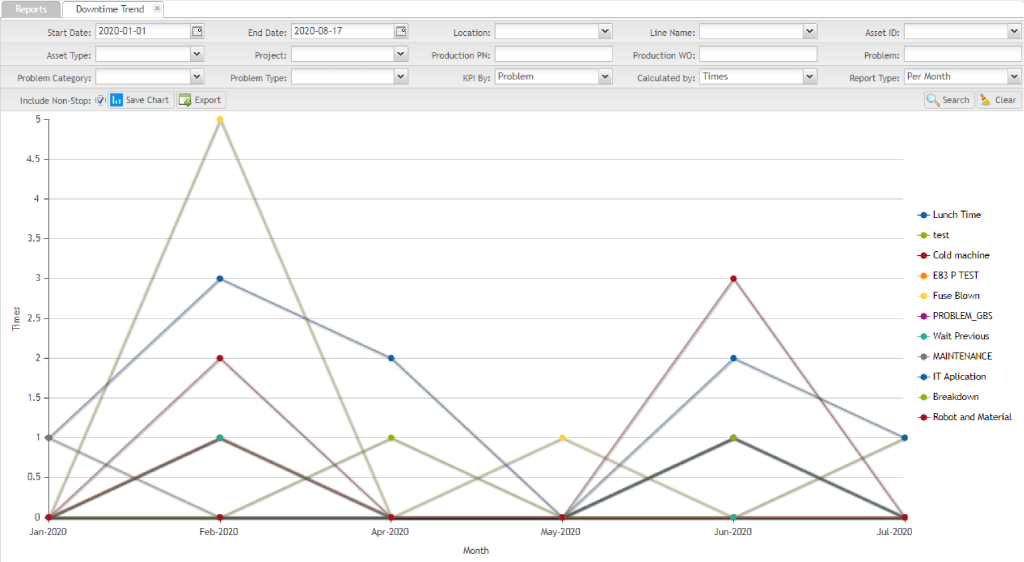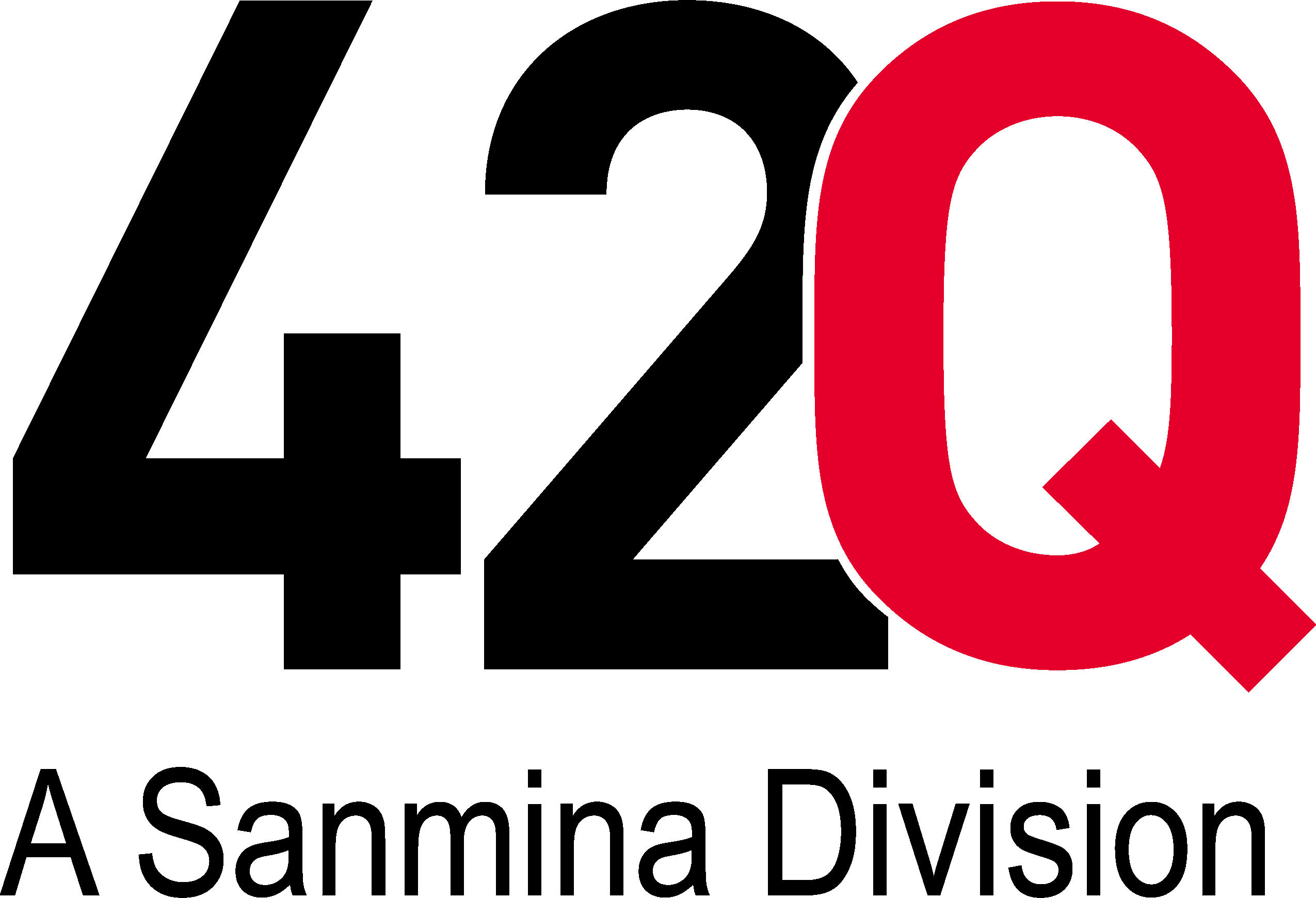Top 5 Benefits
of Implementing CMMS

Author: Bobby Hanna | Date: February 02, 2022
Most maintenance teams have developed a reactive approach to breakdowns. Some of the most common maintenance issues include:
- Aging Equipment Prone To More Breakdowns
- Equipment Breakdowns Affecting Product Output
- High Maintenance Costs Cutting Into the Bottom-line
- Lack Of Consistency In Maintenance Procedures
- Data Stored In Multiple Locations, No System Of Record
Computerized Maintenance Management System (CMMS) provides a proactive solution to maintenance teams with centralized, standardized and streamlined maintenance operations.
Here are the Top 5 Benefits of CMMS
1. Reduced Downtime
Preventive Maintenance is the best way to ensure that your manufacturing equipment runs smoothly and gives you the longest lifespan. CMMS allows you to schedule Preventive Maintenance so that work orders are automatically generated and assigned to the correct group within your organization. This allows you to conquer your maintenance backlog before it gets out of hand.
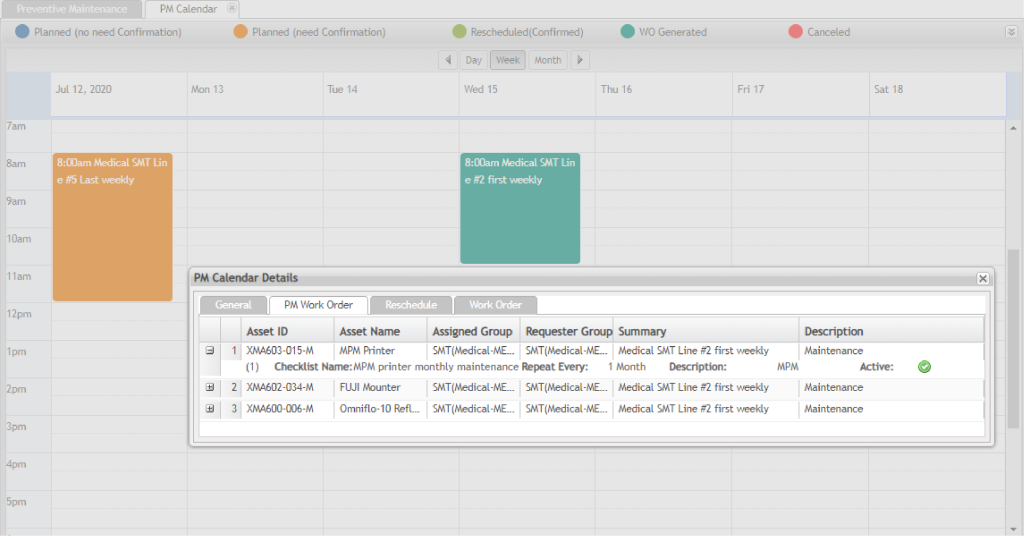
As equipment begins to age you start to see more issues with the reliability of these assets. It isn’t always financially possible to replace aging assets. CMMS allows you to collect, analyze and use an asset’s historical data to make informed decisions. This data can assist you in adjusting the maintenance schedule for aging assets to improve the reliability and prolong the lifespan.
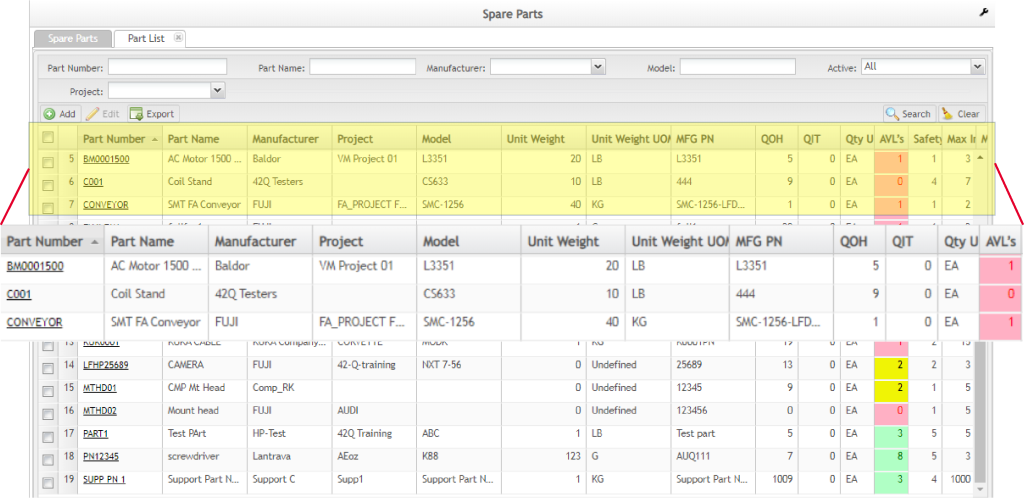
2. Increased Efficiency
Taking maintenance and stoppage requests by email, phone, word of mouth or whiteboard forces your team to spend unnecessary time creating work orders and inputting data. CMMS eliminates these extra steps by automating the work request process. Employees can report downtime and submit work requests which will automatically be routed to the correct team within your organization. Work requests can also be set to escalate automatically to the correct personnel if the work is not completed within the configured time frame.
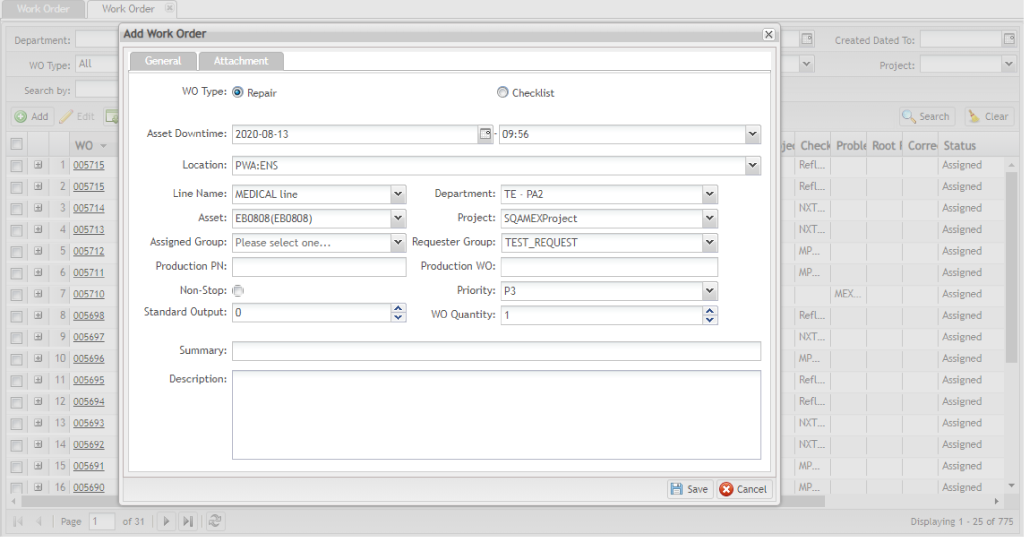
The lack of a central knowledge database means that technicians have to waste time tracking down people, flipping through paperwork and searching the internet for solutions to machine breakdowns. CMMS gives technicians quick and easy access to all the information necessary to complete a repair. Predefined checklists, images, videos, manuals and more can be added directly to a work order to assist the technician in getting the work done in less time.
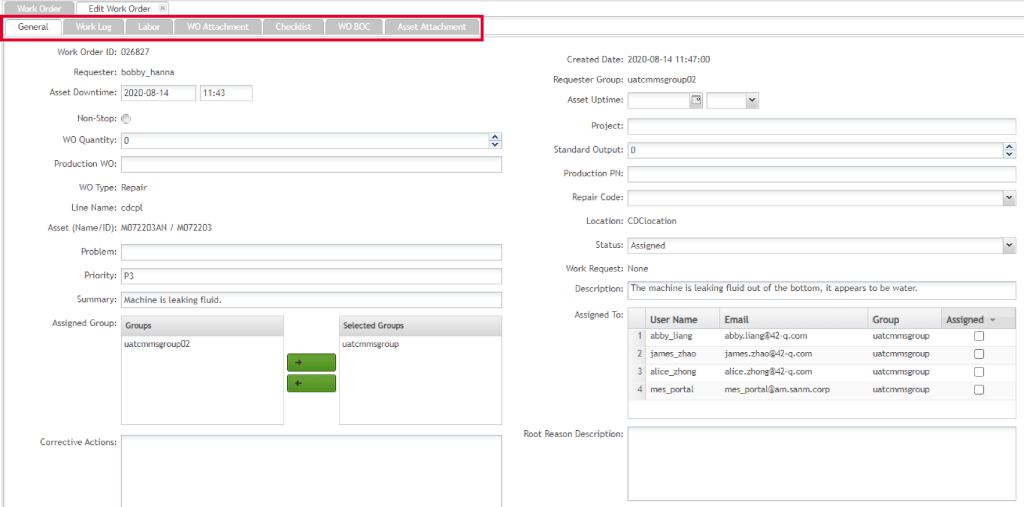
3. Lower Maintenance Costs
Not being in control of your inventory can greatly increase costs. Over purchasing of inventory adds unneeded additional costs. And if you don’t have the right parts on hand in the event of a breakdown it will result in additional downtime, rush shipping and risky stopgap methods, all of which are expensive. CMMS helps you track and organize your inventory to eliminate over or understocking. The Approved Vendor Lists (AVL’s) helps you mitigate risk by ensuring that you have multiple sources to obtain important parts.

When equipment goes down it brings lots of unwanted costs such as downtime, parts and labor. These additional costs can begin to stack up very quickly. CMMS gives you the ability to ensure that Preventative Maintenance is done correctly according to the manufacturer’s specifications. Preventative Maintenance is the best way to resolve issues proactively by finding small issues before they become major problems.
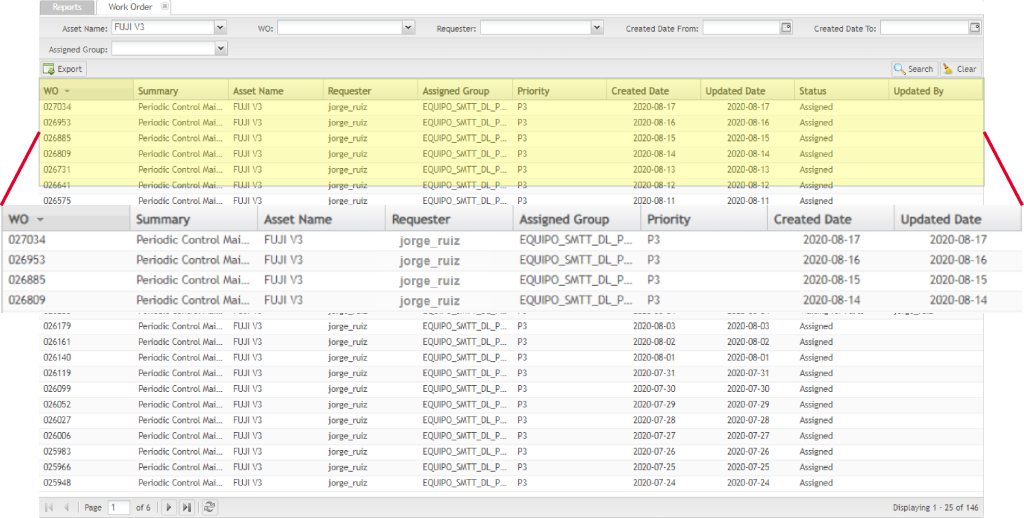
4. Greater Compliance
A lack of standardization can lead to important maintenance tasks getting missed or skipped which can lead to unwanted downtime. CMMS gives you the ability to build predefined maintenance checklists. This ensures that all technicians follow best practices and get the job done as quickly and as accurate as possible.
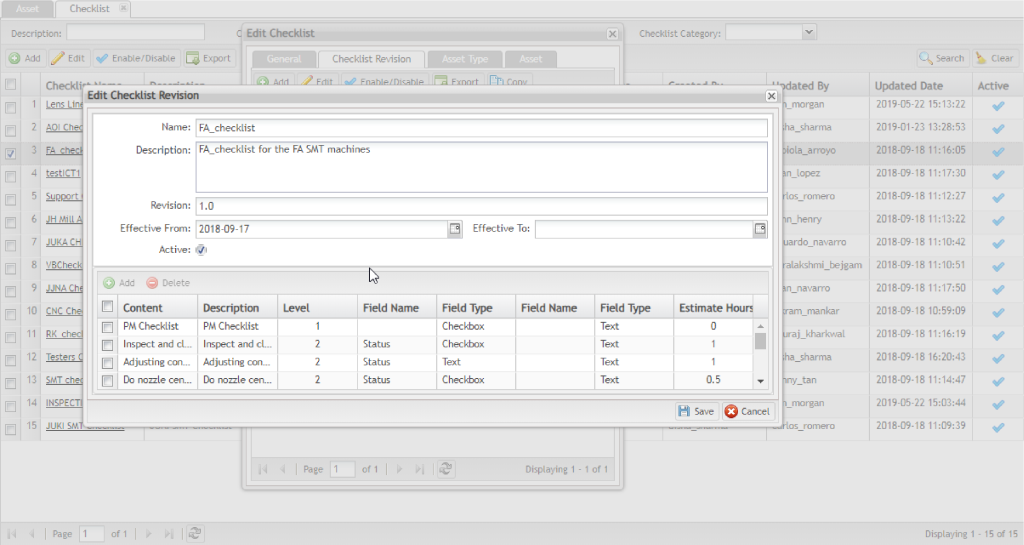
Audits can be difficult to pass without the correct documentation and records. Failing an audit can bring huge costs and headaches. CMMS gives you the ability to produce all necessary maintenance records by asset or time frame. Inventory records and locations also simplify producing the necessary information for audits.

5. Data Collection
Not having visibility into the status of your work orders is one of the main ways that your backlog starts to grow. If the right people don’t have visibility into work orders, it can lead to more downtime and uninformed decision making. CMMS allows you to have real-time updates into the status of work orders as well as the status of the equipment on the manufacturing floor.
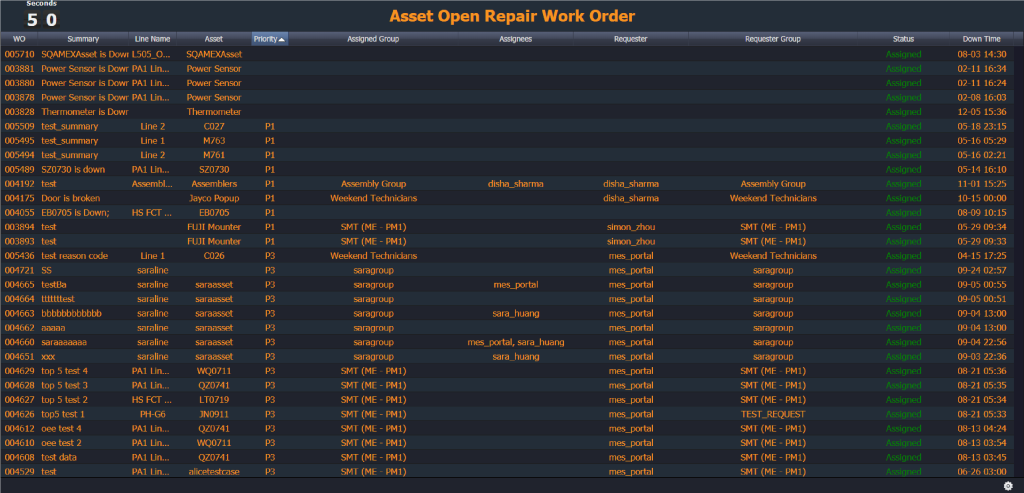
Maintenance KPI’s help you identify chronic issues with your machinery and make informed decisions about equipment issues. Trying to compile these reports by hand can be time consuming and lead to mistakes. CMMS allows you to collect data and view Maintenance KPI data easily in pre-built report templates. This allows you to quickly identify trends, recurring problems and more.
